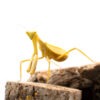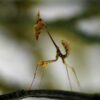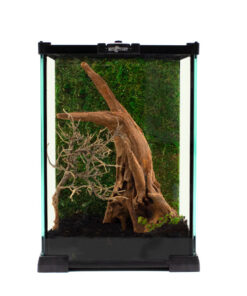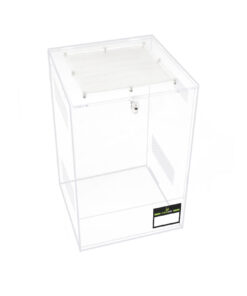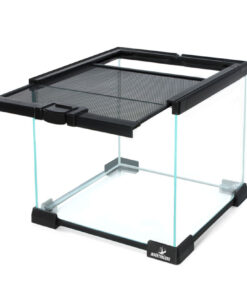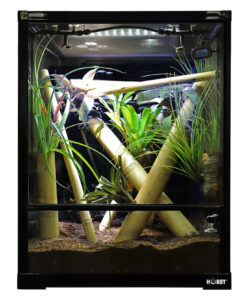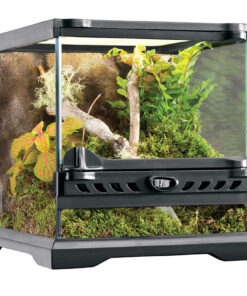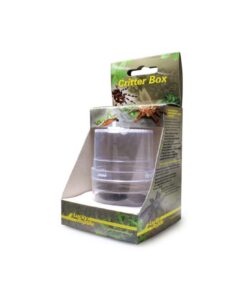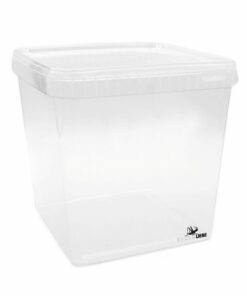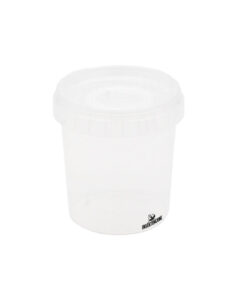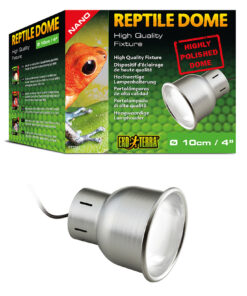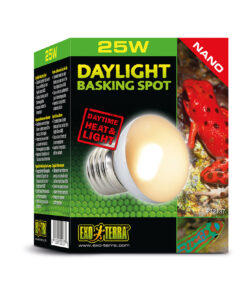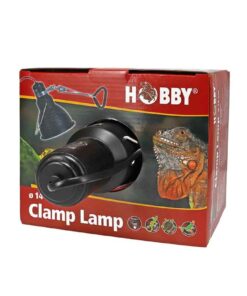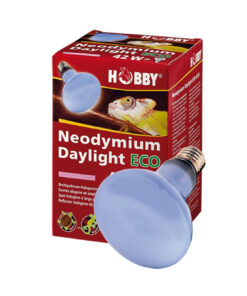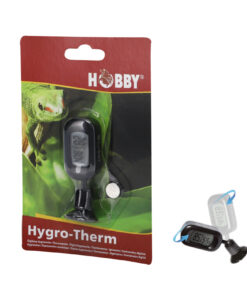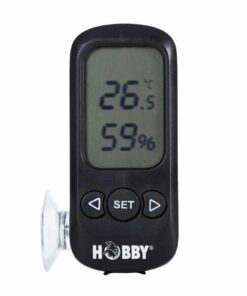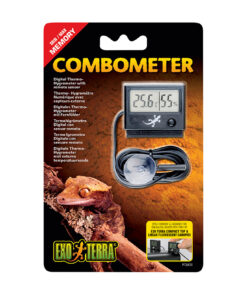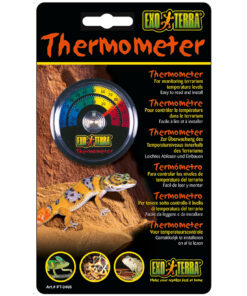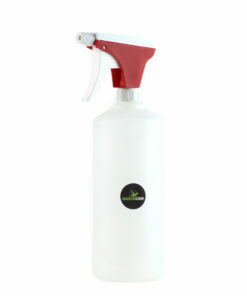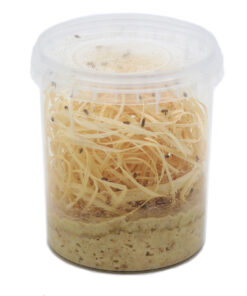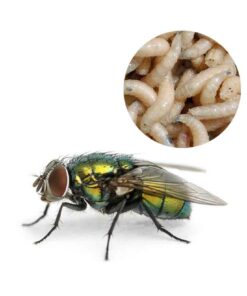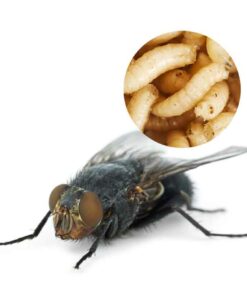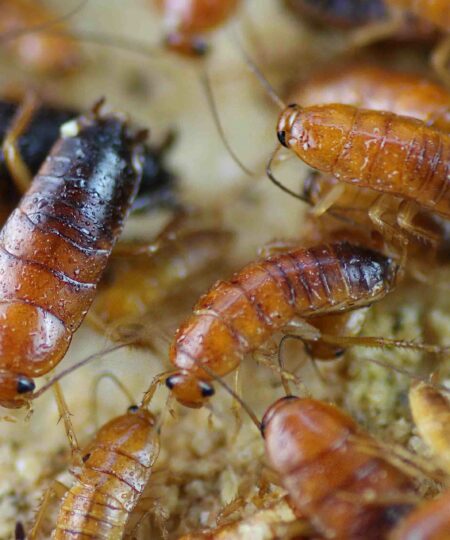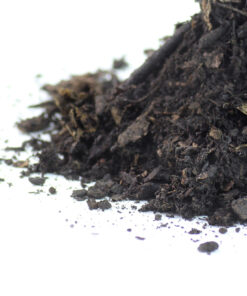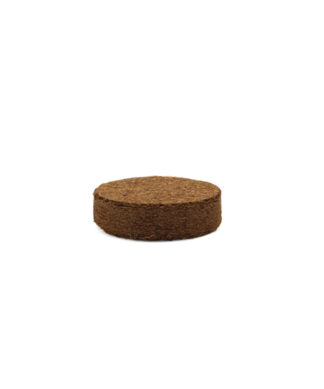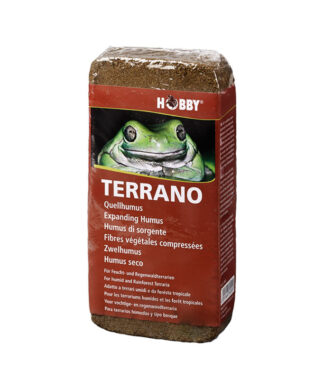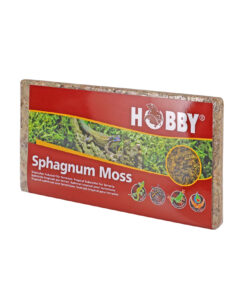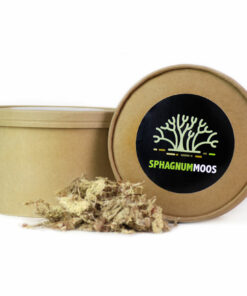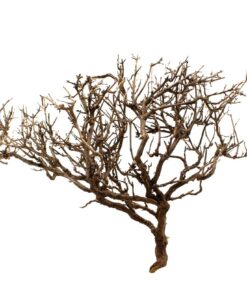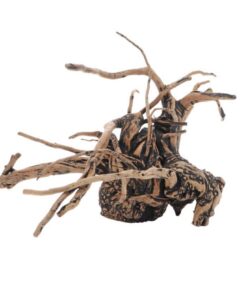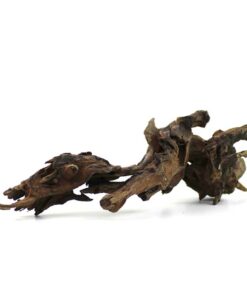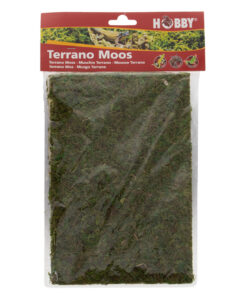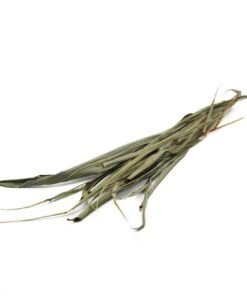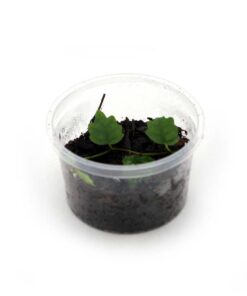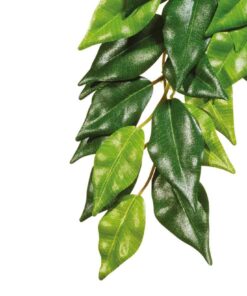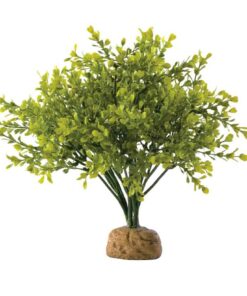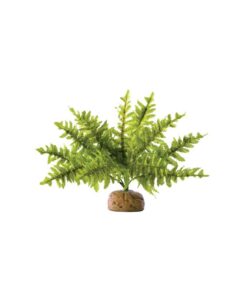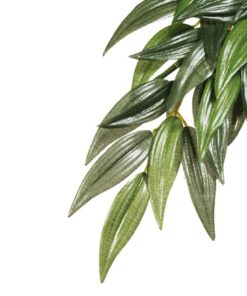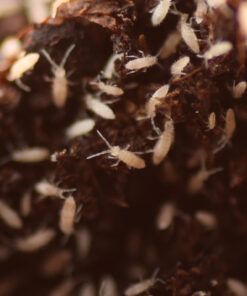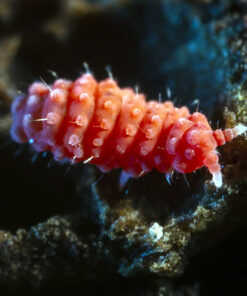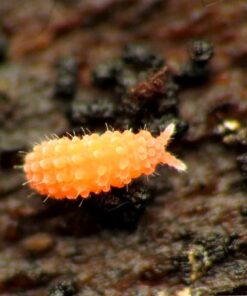
Medium

East Africa

5 CM

25-32 °C
Life cycle of Sibylla pretiosa: From larvae to magnificent hunters
Sibylla pretiosa, also known as the cryptic mantis, is a fascinating species of mantid found in East Africa. It is mainly found in savannahs, where it lives on trees and bushes. In the first two larval stages (L1/2), the cryptic mantis feeds on Drosophila hydei and Drosophila melanogaster. In the third and fourth stages (L4/5) they feed on ovenfish and Drosophila hydei, in the fifth and sixth stages (L5/6) their diet changes to gold flies and ovenfish and in the last two larval stages (L7/8) they favour blowflies and chocolate cockroaches.
This species can move quite quickly, especially in the adult stage. In contrast to other species, Sibylla pretiosa also tolerates cockroaches, but it is recommended to choose flies as food for fertilised adults, as cockroaches as food can negatively affect the shape and foam of the oothecae.
Sibylla pretiosa can be kept well in groups, although it is advisable to separate the animals from the pre-subadult stage onwards in order to avoid cannibalism. The males can continue to live in groups. The females lay an ootheca approximately every seven days, even if it is not fertilised.
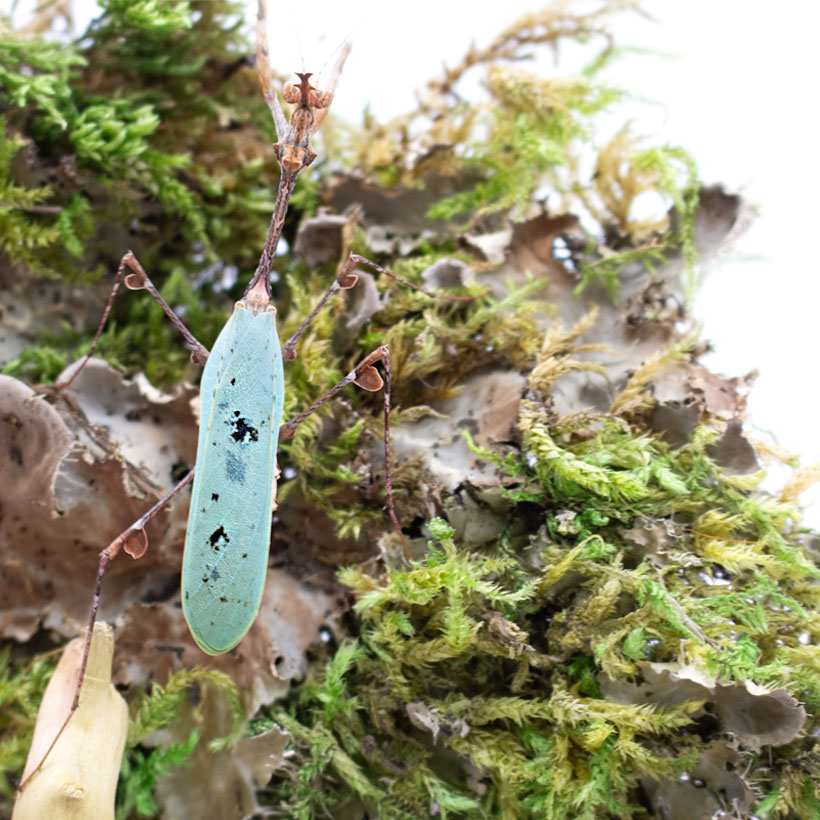
Depending on the size of the ootheca, around 25 to 40 young hatch only from the fertilised ootheca. Adult males show a flighty behaviour. In the young larval stages, it is important to keep the animals cool and moist, while warmer and somewhat drier conditions are appropriate in later stages. The optimum temperature and humidity conditions for the different stages are as follows:
L1/2, the temperature should be between 23 and 25 degrees Celsius and the humidity between 60 and 75 per cent.
L3/4 it is 25 to 27 degrees Celsius and 60 to 75 per cent humidity.
L5/6 the animals require 26 to 29 degrees Celsius and 60 to 70 per cent humidity.
L7/8 it is 26 to 31 degrees Celsius and 55 to 70 per cent humidity.
It is best to place the lamp in a corner of the terrarium so that there is a warm spot and a slightly cooler spot. The animal can then choose the perfect climate for itself.
The oothecae are often placed on the undersides of leaves or on flat surfaces. The oothecae should be kept at a temperature of 25 to 29 degrees Celsius and a humidity of around 60 to 70 per cent. Good ventilation is essential for both the animals and the oothecae. Stage L1/2 larvae are particularly sensitive to temperature and die quickly at temperatures above 27 degrees Celsius. It is advisable to lightly spray Sibylla pretiosa to allow them to drink.
Mating of the cryptic mantis is relatively uncomplicated. The male is easily attracted to mating and often observes the female. To ensure a successful mating, the female should be well fed. Mating of the female is recommended about three to four weeks after reaching the adult stage, while the male is ready for mating two to three weeks after the adult moult. Before mating, the antennae of the male Sibylla pretiosa tremble particularly strongly, which is an indication that it has recognised the female. Mating usually only takes about four to five hours, and the actual copulation lasts about 30 minutes to an hour. Problems with fertilisation of the female are not known with this species.
The oothecae hatch in around four to six weeks, depending on the temperature. To moult, the animals need sufficient space downwards, at least twice the length of their body. Sibylla pretiosa belongs to the order Mantodea, the family Sibyllidae and the subfamily Sibyllinae.
Essentials for Sibylla pretiosa!
- Terrariums & Containers
- Lighting & Climate
- Food
- Substrate & Mosses
- Furnishing & Decoration
- Terrarium Plants
- Clean-up Crew
| Weight | 110 g |
|---|---|
| Size | L2/3 |



